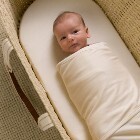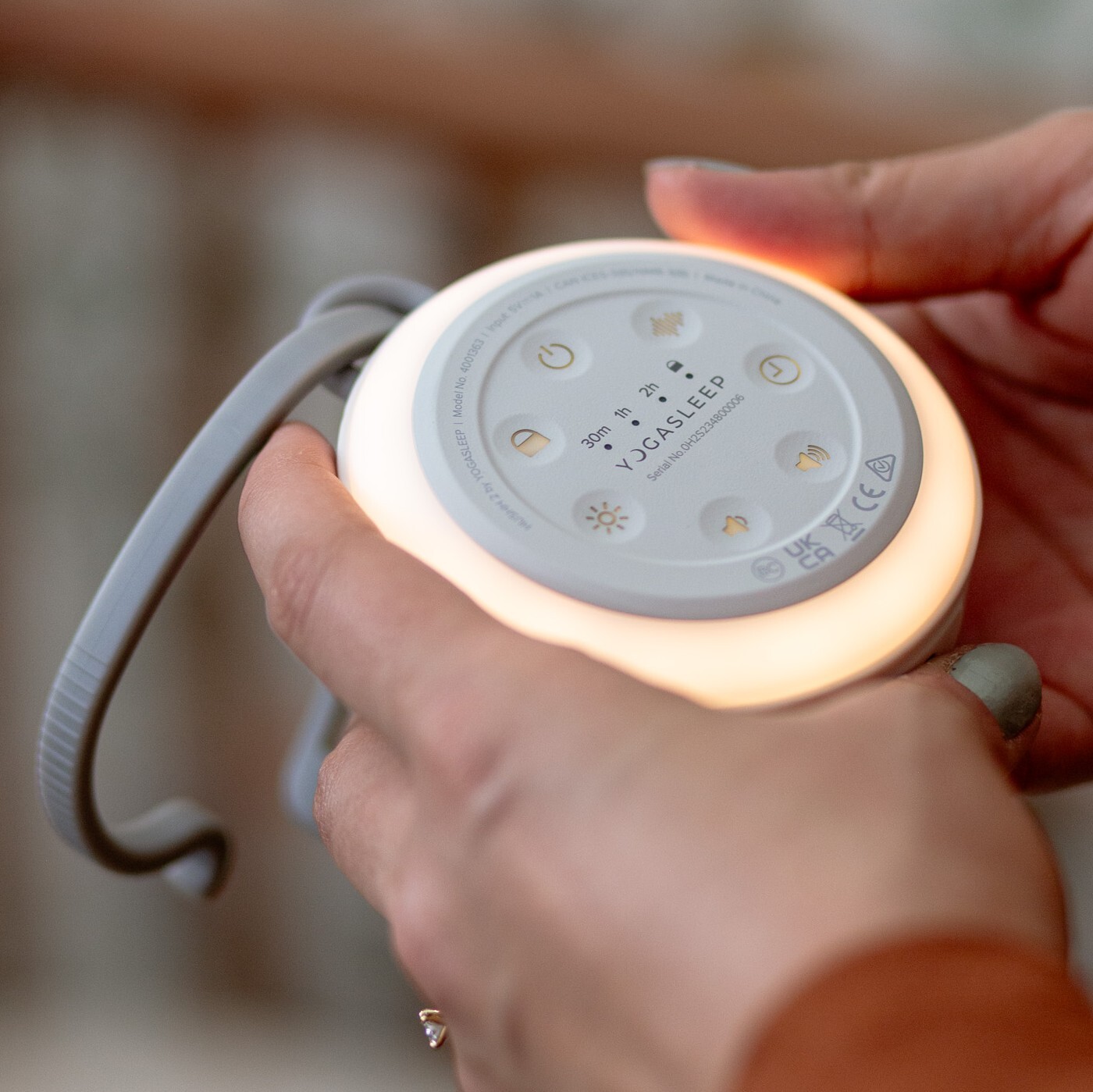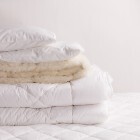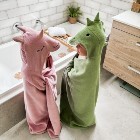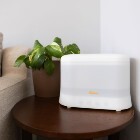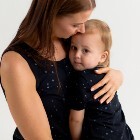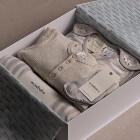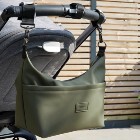By Elizabeth Pantley, author of The No-Cry Sleep Solution
The family bed, co-sleeping, shared sleep - no matter what you call it, it means that your child sleeps with you.
Sharing sleep is popular with parents (particularly nursing mothers) of babies who wake throughout the night, since it allows parents to avoid getting up out of bed and traveling up and down a dark hallway.
Co-sleeping is common with parents of older babies who enjoy the nighttime closeness. If you decide to have your baby sleep with you, either for naps or at nighttime, you should adhere to the following safety guidelines.



